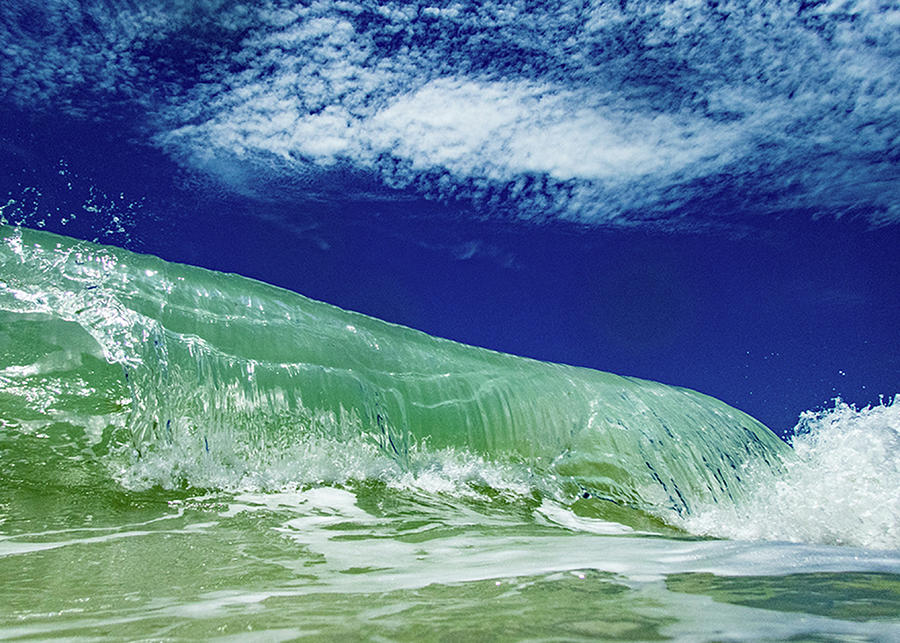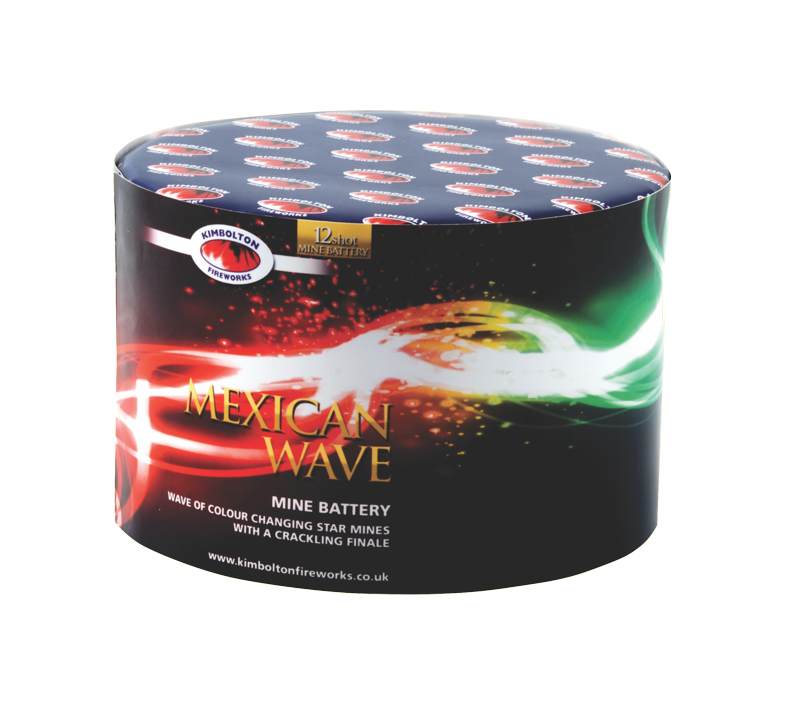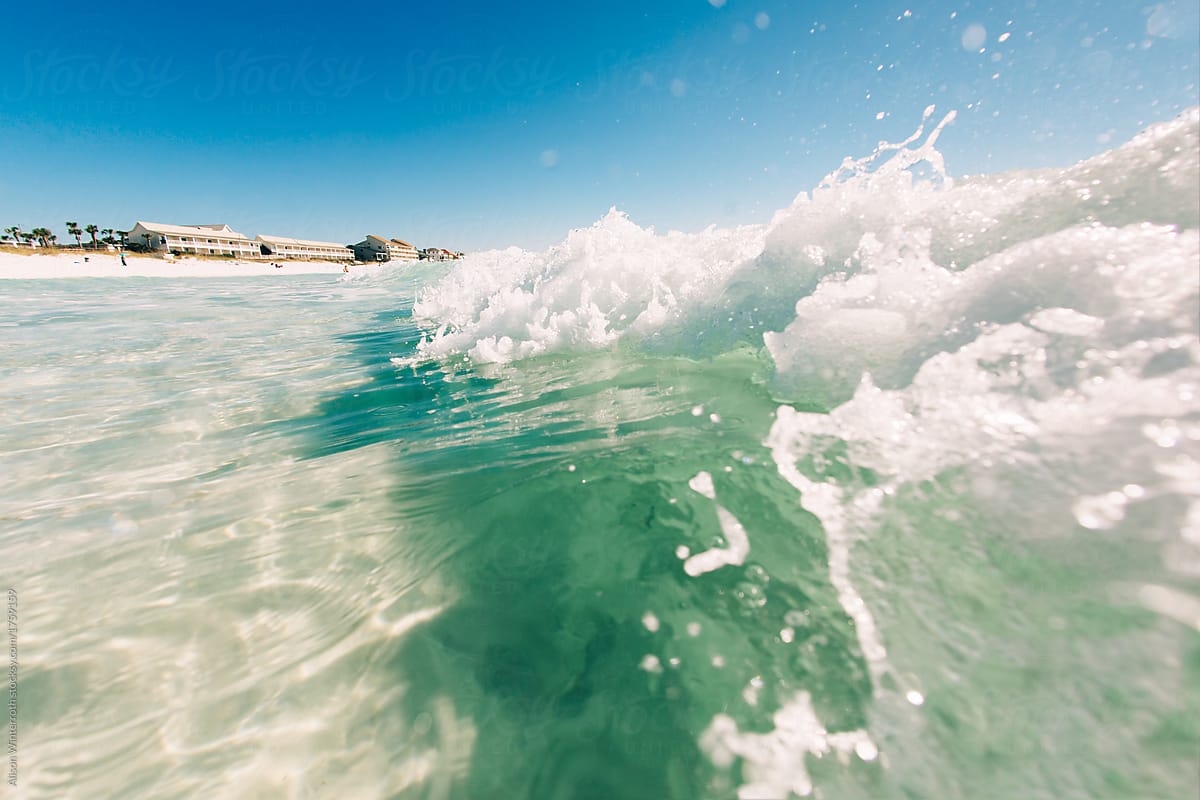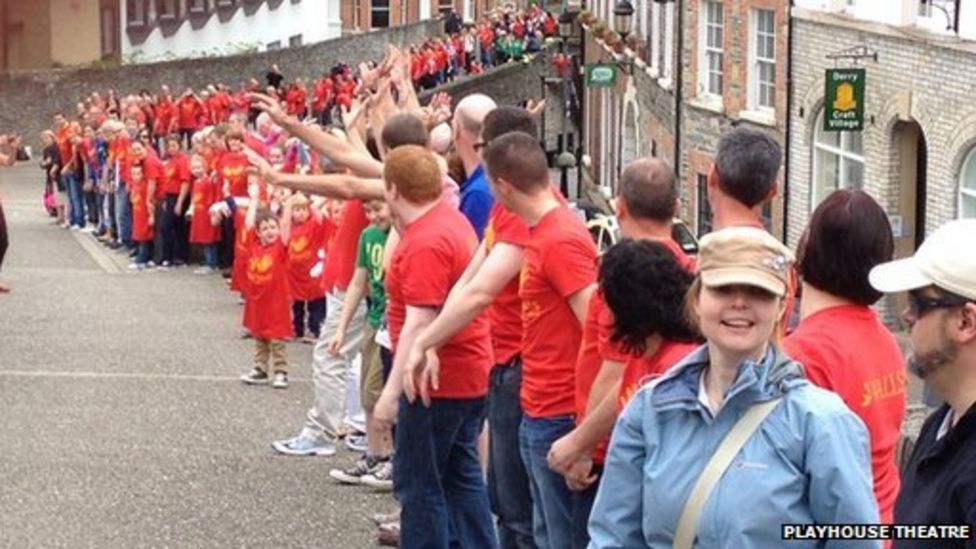
Everything You Need to Know to Surf One of Mexico's Finest Waves The Inertia
There appears to be ongoing debate as to whether the Mexican Wave, or simply, The Wave (as it is known in North America) originated at the 1986 Soccer World Cup in Mexico - or even earlier on American soil. The first recorded video documentation of this large-scale metachronal rhythm was at a Major League Baseball game in Oakland in October 1981.

Mexican Waves UAPress
The Mexican wave, or La Ola, which rose to fame during the 1986 World Cup in Mexico, surges through the rows of spectators in a stadium as those in one section leap to their feet with their.

Waves of the Gulf of Mexico Photograph by Matt Morrison Fine Art America
A Hungarian biological physicist named Illes Farkas studied The Wave (also known as the Mexican Wave, since it made a notable appearance at the 1986 World Cup in Mexico City) as part of a study.

Mexican Wave
(known as a Mexican wavestadium wave North America) is an example of metachronal rhythm achieved in a packed when successive groups of spectators briefly stand, yell, and raise their arms. Immediately upon stretching to full height, the spectator returns to the usual seated position.

Mexican Wave Postcard Zazzle
The effort to coin a term to describe a wildly diverse group of Americans has long stirred controversy. The terms Latino, Hispanic and Latinx are often used interchangeably to describe a group.

5 Must Visit Waves For Any Road Trip Through Mexico The Inertia
According to the Oxford English Dictionary, a Mexican wave is: "An effect resembling a moving wave produced by successive sections of the crowd in a stadium standing up, raising their arms,.

Mexican waves Water sports holidays The Guardian
A: We can. Let's start with the "Mexican standoff" - which the Macquarie Dictionary curiously describes as "a situation in which two opponents threaten each other loudly but neither makes any attempt to resolve the conflict." Merriam-Webster clarifies it further as a type of "deadlock" - "a situation in which no one emerges a clear winner."

Who Really Invented the Mexican Wave?
It's settled: Where The Wave first started - ESPN - Fandom - ESPN Playbook- ESPN ESPN The Guardian newspaper in Great Britain once opened up its online "Notes and Queries" feature to.
:max_bytes(150000):strip_icc()/148521264-edit-56a3ea915f9b58b7d0d4712f.jpg)
Best Spots for Surfing in Mexico
The so-called 'Mexican Wave' proved highly contagious, and quickly spread around the world, much like swine flu. Lesser UK nations fail to progress Mexico '86 was the last time that three.

Sport picture of the day Mexican waves Sport The Guardian
Abstract. The Mexican wave, or La Ola, which rose to fame during the 1986 World Cup in Mexico, surges through the rows of spectators in a stadium as those in one section leap to their feet with their arms up, and then sit down again as the next section rises to repeat the motion.To interpret and quantify this collective human behaviour, we have used a variant of models that were originally.

There Are Always Waves to Find in Mexico The Inertia
This so-called "Mexican Wave" first became famous during the 1986 Soccer World Cup in Mexico. In fact, that's how the Mexican Wave got its name, because it got its first world-wide exposure at.

5 Must Visit Waves For Any Road Trip Through Mexico The Inertia
What about the purpose? Well, it is primarily about joy - in being part of something bigger - appreciating the occasion, the participants, and even making some noise. Today, claims have been made.

"A Crashing Wave In The Gulf Of Mexico" by Stocksy Contributor "Alison Winterroth" Stocksy
It's now known as the Mexican Wave because it was first seen internationally at the 1986 World Cup in Mexico City. It appeared at American football games for a few years before that. It first.

Mexican Wave Congratulations Card By The Art FIle Curiouser
Mainstream outing The first thing is that there is a dearth of evidence that the Mexican Wave originated in Mexico. There is indeed far more evidence that it started in the United States, where.

Mexican wave celebrates 400 years of Derry walls BBC News
So, what do waves do, what is their purpose? All waves do the same thing. They carry energy. A wave transfers energy from one place to another. Examples of waves include: water waves, sound.

Mexico Riding The Mexican Wave!
The wave, also generally known as the "Mexican wave" outside of the United States, was the brain-child of the longest continuously active professional cheerleader (41 years and counting), Krazy George Henderson, in the late 1970s.